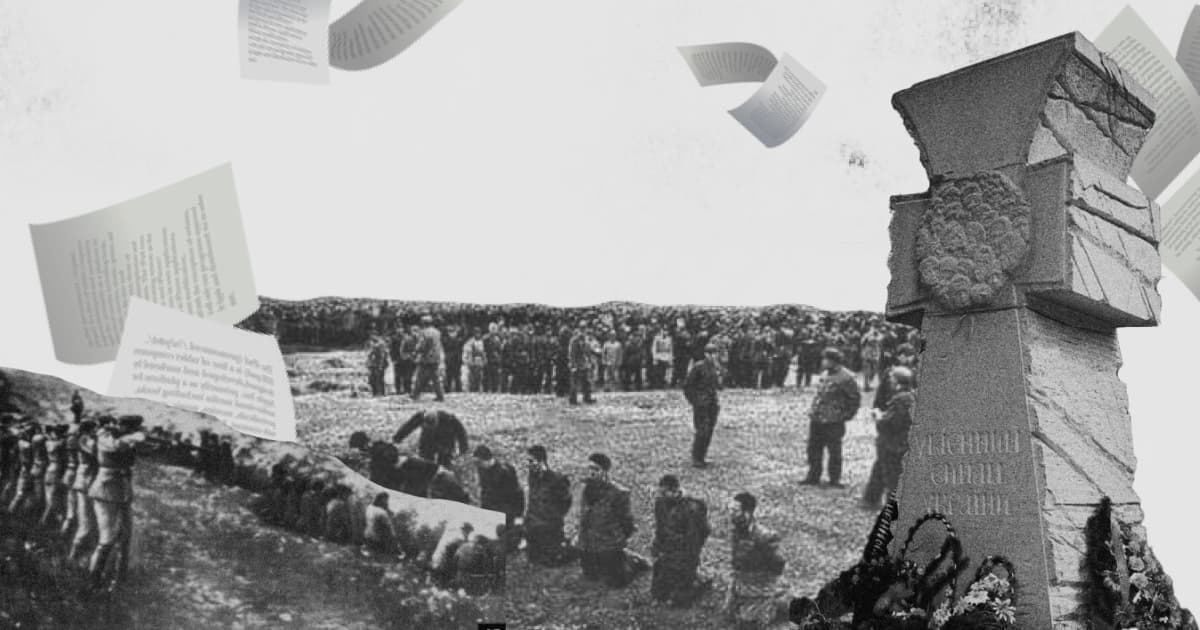The (Un)forgotten Executed Renaissance of the Present
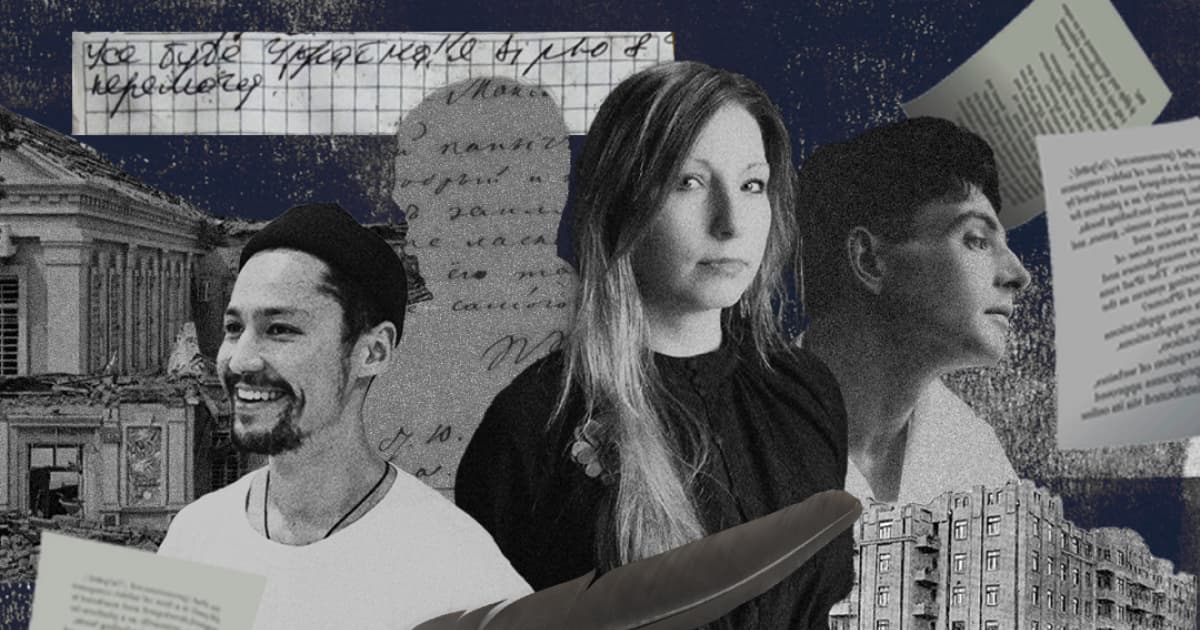
The Communist Party of the USSR regarded literature and art as links in the cultural struggle and tried to destroy any manifestations of cultural identity in artists. This has been going on for almost 100 years and continues today. During the full-scale invasion of Ukraine, Russians still kidnap and kill the country's cultural elite.
The article tells about those who were killed in the past and are being killed today, about those whom we should remember, honour and be proud of.
The Executed Renaissance of the last century
Russians have always tried to destroy the Ukrainian nation. From the Russian Empire to modern Russia. They repressed, persecuted, arrested and executed Ukrainian intellectuals.
In 1934 alone, 97 out of 193 members of Ukraine's National Writers' Union of Ukraine were repressed. Ukraine's exterminated main centre of culture could no longer spread ideas abroad. Persecution and murder affected the development of Ukrainian culture at that time, as the creative process was interrupted several times and slowed down in its development.
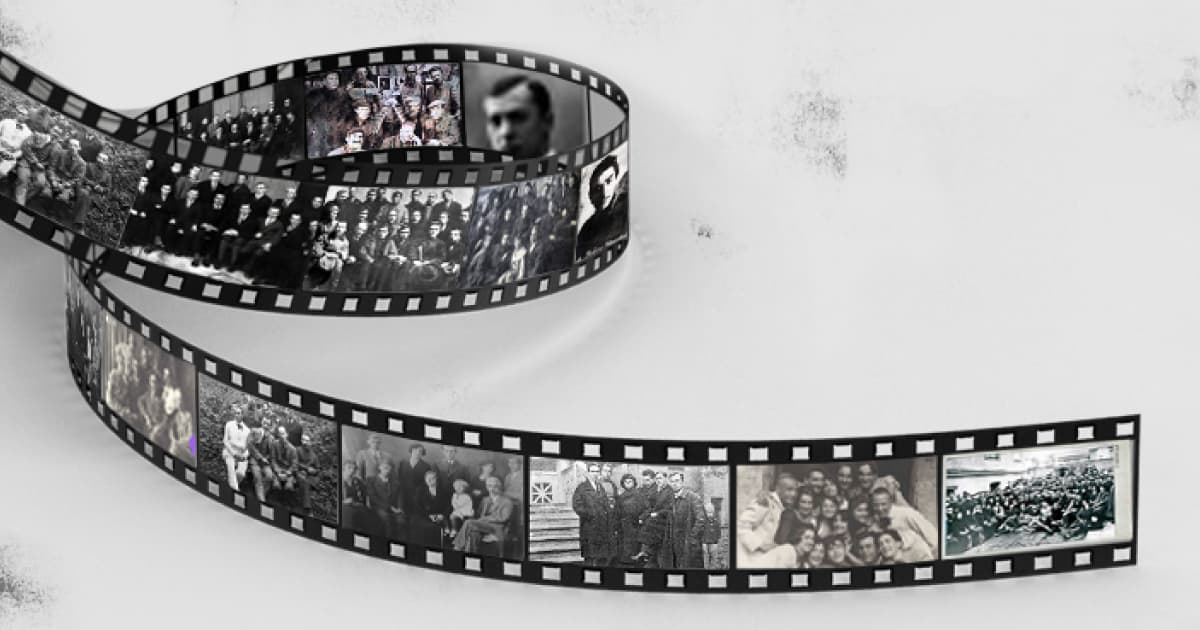
Vasyl Vrazhlyvyi. Have you often heard his name, and do you know who he is? He was a novelist and translator. He belonged to Pluh (Union of Peasant Writers — ed.), then joined VAPLITE (a literary association founded in Kharkiv – ed.). The Soviet authorities sentenced him to 10 years in concentration camps. Later, the People's Commissariat of Internal Affairs (an extrajudicial sentencing body in the USSR - ed.) of the Leningrad Region sentenced him to death again.
Kost Burevii. Writer, playwright, theatre critic, literary critic, active participant in the literary discussion of 1925-1928. In 1934, a visiting session of the Military Collegium of the USSR Supreme Court in Kyiv sentenced him to death by firing squad for "organising the preparation of terrorist acts against workers of the Soviet government".
Hryhorii Epik. Writer, translator, publicist. He was a member of the Pluh Union of Peasant Writers and later the VAPLITE. The Soviet authorities arrested him in 1934 for belonging to a counter-revolutionary nationalist organisation that planned terrorist acts against the leaders of the Communist Party and the government. He pleaded guilty without resistance. In October 1937, he was sentenced to death by firing squad.
Have you often heard about these authors? Perhaps in literature textbooks, in the names of streets or monuments? Most likely not as often as some of the representatives of Russian culture in Ukrainian place names.
Monuments and street names are part of the city's image, and their elements impact the individual and social levels. When we live on a street named after Russian ideologues, we standardize invasive behaviour in our minds.
If we have not preserved the national memory of those killed a hundred years ago, we now have an even greater duty to protect those dying today.
The murder of Volodymyr Vakulenko
On April 10, 2022, it became known that Russians had abducted children's writer and poet Volodymyr Vakulenko.
Only after the de-occupation of Izium in the Kharkiv region was a mass grave discovered, where they found the writer's body. During the exhumation, two bullets from a Makarov pistol were found in Vakulenko's body.
Before his abduction, Vakulenko hid his notes under a cherry tree in the garden.
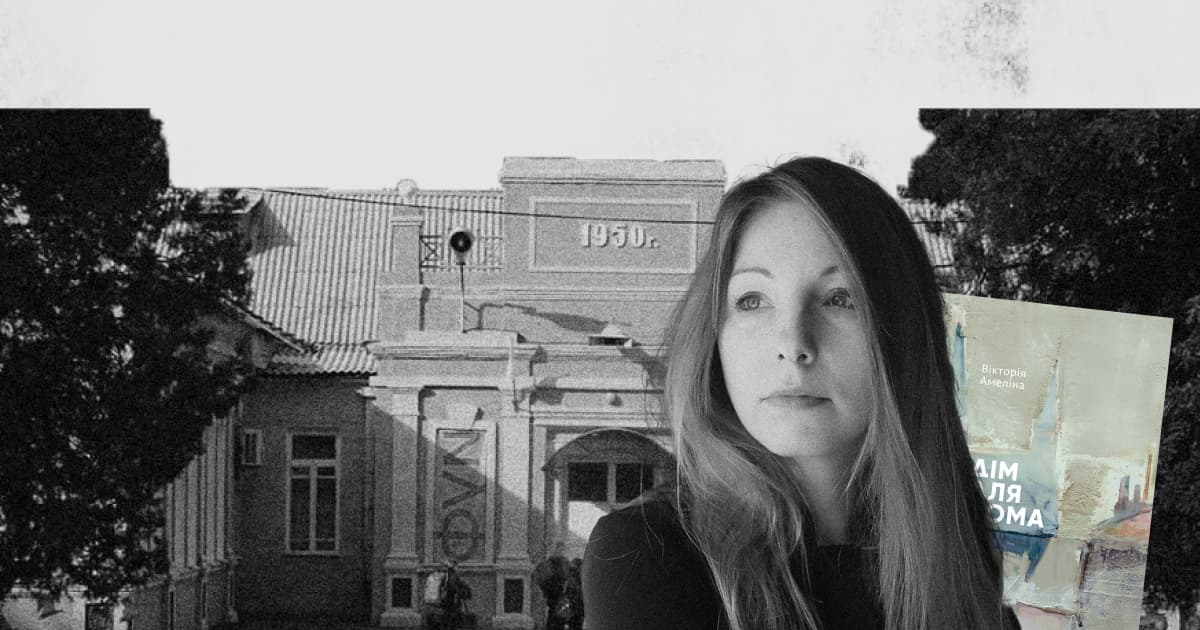
"On March 23, 2022, Volodymyr, knowing that the occupiers would come for him, buried his notes under a cherry tree and told his father: "When our [troops] come, give it to them." The next day, on March 24, 2022, Volodymyr was taken away," wrote Viktoriia Amelina.
The author's relatives and writer Viktoriia Amelina handed them over to the museum.
"On March 18, he wrote: "I believe in the Armed Forces". He wrote something about food. Here you can read that 'people died'. Apparently, he must have seen people being killed or bombed. "A school was destroyed in one of the villages. People died, several people," Oleksii Yurchenko, a researcher at the Kharkiv Literary Museum, cited the writer's diary.
The murder of Victoriia Amelina
On July 1, Ukrainian writer Viktoriia Amelina died in Mechnikov Hospital in Dnipro. She was injured during a rocket attack on Kramatorsk on June 27.
In the summer of 2022, Amelina joined the human rights organisation Truth Hounds, where she worked with the team to document war crimes in the de-occupied territories of Ukraine, including Kapytolivka and Izium in the Kharkiv region.

Victoria Amelina is the author of Fall Syndrome, or Homo Compatiens, Someone, or the Water Heart, and Dom’s Dream Kingdom. She is a member of PEN Ukraine and a recipient of the Joseph Conrad Korzeniowski Literary Prize.
She also founded the New York Literary Festival in the village of New York, Donetsk region, a few kilometres from the frontline, which since 2022 has been located in the village itself.
Every murdered artist is the Executed Renaissance of the present
Serhii Zakhliupanyi was a 38-year-old artist killed by the Russian military in Hostomel. He was an artist who exhibited his work, including at Andriivskyi Descent in Kyiv.
Artem Azarov, a 26-year-old volunteer with the call sign Artist, died on March 5, 2022, in the battles for Kharkiv during a Russian mortar attack. He was involved in the creation and activities of the military-patriotic organisation Freikorps. He was a volunteer, and since 2017, he completed six rotations to the east. With the beginning of the full-scale invasion, he went back to fight.
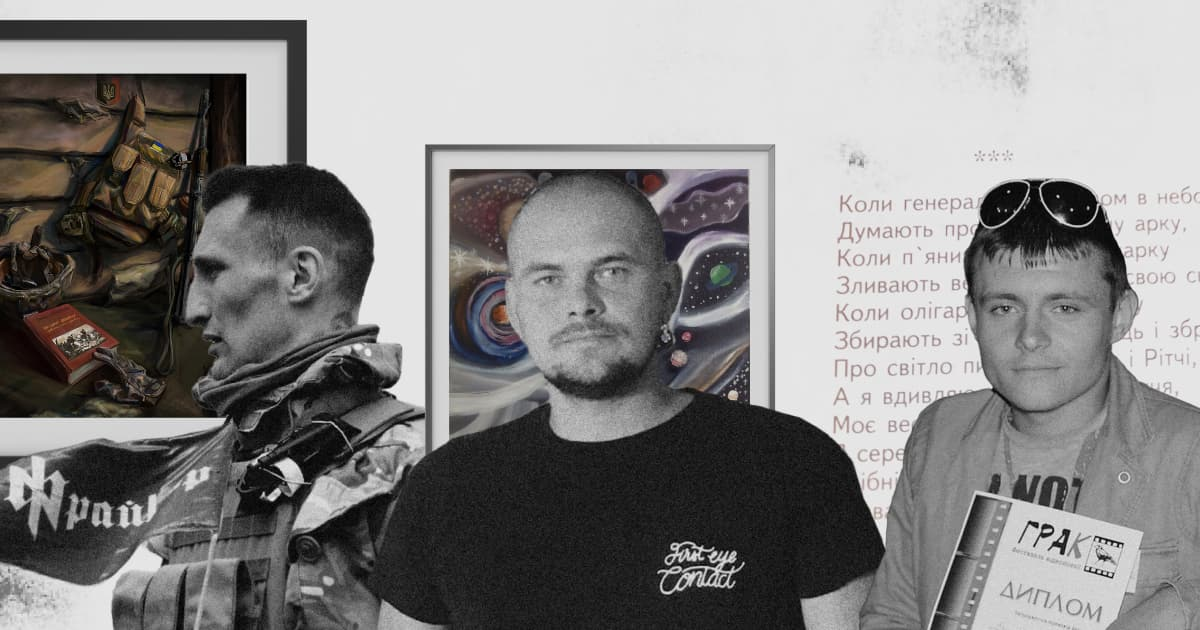
Ukrainian poet and senior sergeant of the Armed Forces of Ukraine Artem Dovhopolyi died on August 4, 2022, in a battle near Bakhmut. He was 28 years old. He wrote poetry while studying. He was a member of the Konotop Literary Studio Dzherela (Springs) and a winner of literary competitions. He had a talent for repairing musical instruments and played the guitar. He had publications in the collective collections Konotop Molodyi (Young) and Dzherel Natkhnenna Syla (Inspirational Power of the Springs).
"As a result, Ukrainian culture suffered devastating losses when many people were killed in their prime long before they could create many masterpieces. As a result, our culture is poorly known in the world," said historian Vladlen Maraiev when speaking about the Executed Renaissance of the last century.
However, they also describe the contemporary destruction of the cultural elite. Modern intellectuals also die in the prime of their lives when they are just beginning to contribute to Ukrainian culture.
Between October 27 and November 4, 1937, the largest mass execution of Ukrainian intellectuals took place in the Sandarmokh tract. The NKVD (Soviet secret police agency) shot 1111 people, including 287 Ukrainians and people closely associated with Ukraine. Since the beginning of the full-scale invasion, Russians have killed about 60 artists, including writers, artists, actors, directors, and musicians. History repeats itself.
We must remember them:
Les Kurbas was a director, actor, playwright, and publicist. He died on November 3, 1937, during a shooting by the Soviet authorities in the Sandarmokh tract.
Serhii Pushchenko was a graphic artist, painter, and Merited Artist of Ukraine. He was killed on March 2, 2022, in a battle against Russian sabotage and reconnaissance groups near Vasylkiv, Kyiv region.
Hryhorii Kosynka was a short story writer. On December 15, 1934, he was shot dead by the Soviet authorities in the October Palace in Kyiv.
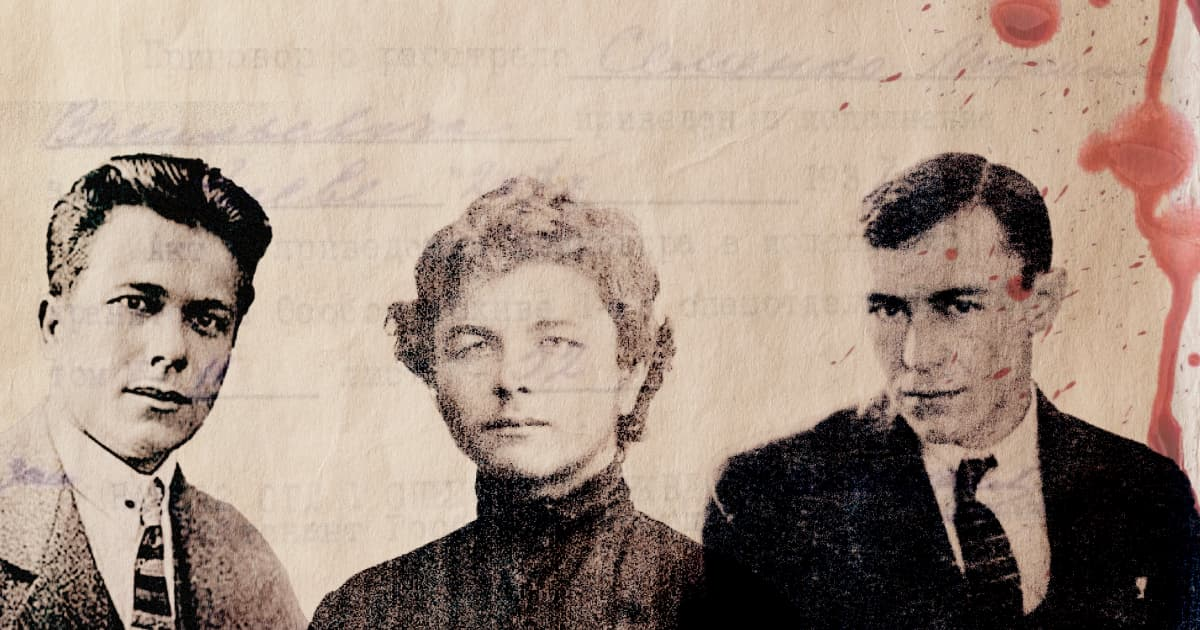
Anton Derbilov was a painter, sculptor, and musician. He died on April 6, 2022, in the battles with the Russian military for Kreminna in the Luhansk region.
Valerian Pidmohylnyi was a Ukrainian writer and translator. He was sentenced to death on November 3, 1937.
Volodymyr Vakulenko was a children's writer. On November 28, 2022, he was killed by Russians and buried in a mass grave.
Mykola Zerov was a poet, literary critic, and translator. On November 3, 1937, he was shot by the Soviet authorities in the Sandarmokh tract.
Ihor Mysiak was a poet and prose writer. He died in late May 2022 on a battlefield against the Russian military.
Andrii Paniv was a poet, journalist, and translator. On November 3, 1937, he was shot dead in the Sandarmokh tract.
Viktoriia Amelina was a writer, war crimes documentor, and member of PEN Ukraine. She died on July 1 due to the Russian shelling of Kramatorsk.
Antin Krushelnytskyi was a writer, literary critic and literary scholar. He was sentenced to death on November 3, 1937, by the decision of the NKVD troika.
Yurii Kerpatenko was a conductor of the Kherson Philharmonic. On October 13, 2022, he was reported to have been shot dead by the Russian military.
Mykola Kulish was a Ukrainian writer, director, and playwright. On November 3, 1937, he was shot dead by the Soviet authorities in the Sandarmokh tract.
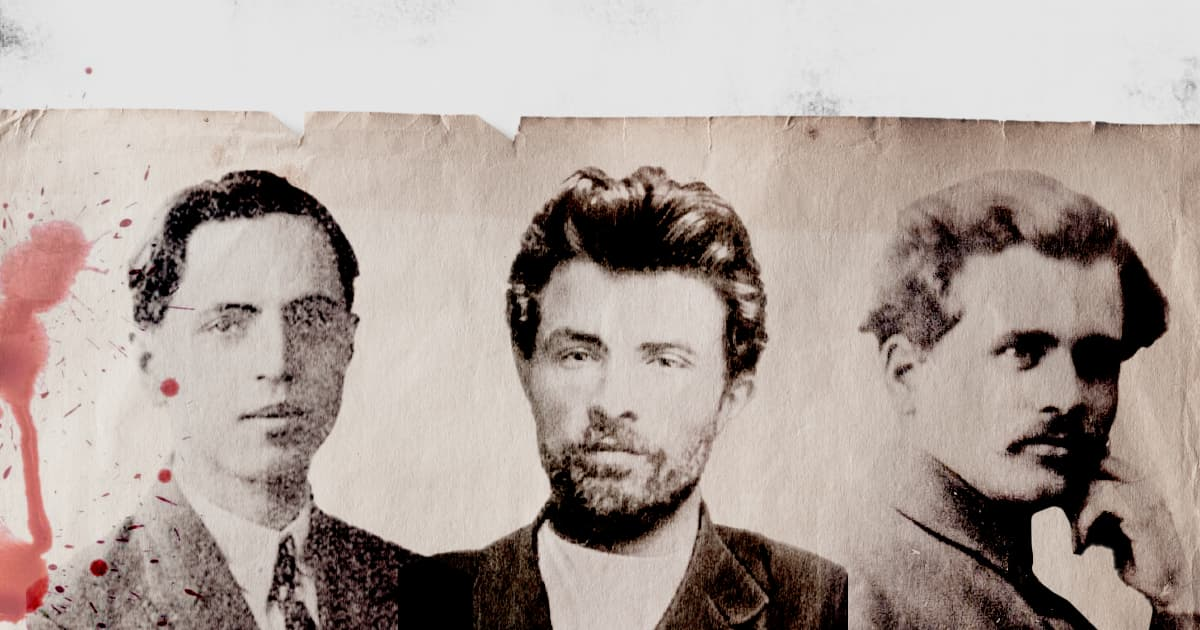
Olha Pavlenko was an artist. She died on June 27, 2022, due to a rocket attack on Kremenchuk by Russians.
Marko Voronyi was a poet and translator. He was sentenced to death on November 3, 1937, by the decision of the NKVD troika.
Bohdan Sliushchynskyi was a writer, doctor of sociology and professor at Mariupol State University. He died on May 8, 2022, in Mariupol during the Russian occupation of the city.
Maik Johansen was a poet and novelist. On October 27, 1937, Johansen was shot dead in an NKVD prison in Kyiv.
Nadiia Ahafonova was a poet and member of the National Union of Writers of Ukraine. She died on April 3, 2022, during a Russian military strike on the Mykolaiv Regional State Administration.
Mykhailo Yalovyi was a poet, prose writer, and playwright. On October 9, 1937, he was sentenced to death by the Soviet authorities.
Pavlo (Pasha) Lee was an actor. He died on March 6, 2022, during the defence of Irpin from the Russian military.
Myroslav Irchan was a poet, prose writer, publicist, and playwright. He was sentenced to death on November 3, 1937.
Oksana Shvets was a Merited Artist of Ukraine. She died on March 16 following a Russian shelling of a residential building in Kyiv.
Mykhail Semenko was a poet and founder of Ukrainian futurism. The Soviet authorities executed him on October 24, 1937.
Yurii Ruf was a writer and poet. He died on April 1, 2022, fighting in the Luhansk region.
Vasyl Bobynskyi was a poet, journalist, and translator. On January 8, 1938, he was sentenced to death by firing squad.
Serhii Skaldo was a poet. He died on April 22, 2022, in Mariupol during the Russian occupation of the city.
Valerian Polishchuk was a writer, poet, and prose writer. He was executed on November 3, 1937, in the Sandarmokh tract.
Natalia Kharakoz was a journalist, writer, and member of the National Union of Journalists of Ukraine and the National Union of Writers of Ukraine. She was reported dead in occupied Mariupol on May 3, 2022. Her house burned to the ground as a result of Russian shelling.
Mykhailo Dubovyk was a poet. On July 7, 1941, he was sentenced to death by the Soviet authorities.
Vadym Khlupianets was a ballet dancer. While performing military tasks, he died on November 15, 2022, from a Russian sniper bullet near Bakhmut.
Mykola Voronyi was a writer, translator, theatre director, and actor. On June 7, 1938, he was executed by the special NKVD troika.
Serhii Shkvarchenko was a Merited Artist of Ukraine, an artist of the Pavlo Virskyi Ensemble. He died on December 19, 2022, due to a mortar attack at the front.
There are more dead cultural figures, as some are in the temporarily occupied territories, some died on the battlefield, and their bodies have not been returned. Some may not return from Russian captivity.
